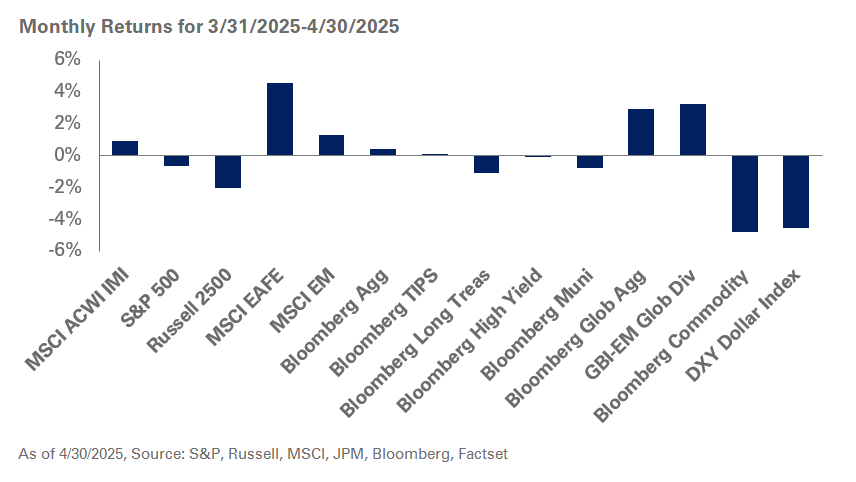Mario Draghi is not one for quiet exits.
In his penultimate meeting as the president of the European Central Bank (ECB), the ECB announced a monetary stimulus plan in an attempt to combat slowing growth and persistently low inflation across the Eurozone. In response to the widely anticipated move, the euro fell to a two-year low versus the dollar and government bond yields rallied. However, these trends soon reversed, underscoring concerns around the plan’s open-endedness and doubts about the effectiveness of another round of quantitative easing.
At NEPC, we view this monetary easing—the Eurozone’s first since early 2016—as a positive for the region as it grapples with uncertainties around global trade disputes and the United Kingdom’s protracted exit from the European Union. We believe these incentives underscore the ECB’s commitment to bolster the ailing Eurozone even as the central bank has exhausted most available monetary policy tools through expanding its balance sheet and maintaining negative rates. At the same time, we acknowledge that after years of significant quantitative easing, the marginal benefit from the new stimulus may be relatively muted compared to previous programs.
Years ago, Draghi inherited an economically weak Eurozone, besieged by concerns around the future of the monetary union reeling from the aftershocks of the European Debt Crisis in 2011 and the Global Financial Crisis in 2008. Acting swiftly, he reversed two previous rate hikes, increased bond purchases, and initiated long-term refinancing operations. However, the turning point for the region came in 2012 with his fiery rhetoric; his whatever-it-takes sentiment provided resounding clarity to investors on the future of the euro and incited hope for an economic recovery. Under his eventful tenure, the ECB underwent a dramatic transformation even as some of the region’s largest economies opposed his policies.
As Draghi’s departure date of October 31 approaches, his successor, former IMF chief Christine Lagarde, will inherit a central bank with few tools at its disposal in the event of an economic downturn. To Lagarde’s advantage, the new stimulus plan and the open-ended timeline of the quantitative easing program gives her leeway to focus on other pressing matters, including the contentious issue of the need for fiscal stimulus in Europe. However, there may be distractions as she faces a divided ECB and the discontent among policymakers around the size and scope of the new monetary stimulus package.
As the month goes on, we anticipate a smooth transition as Lagarde is expected to carry on the accommodative monetary policies of her predecessor. We will closely follow the situation and will be back with further updates on monetary policy as they become available.



